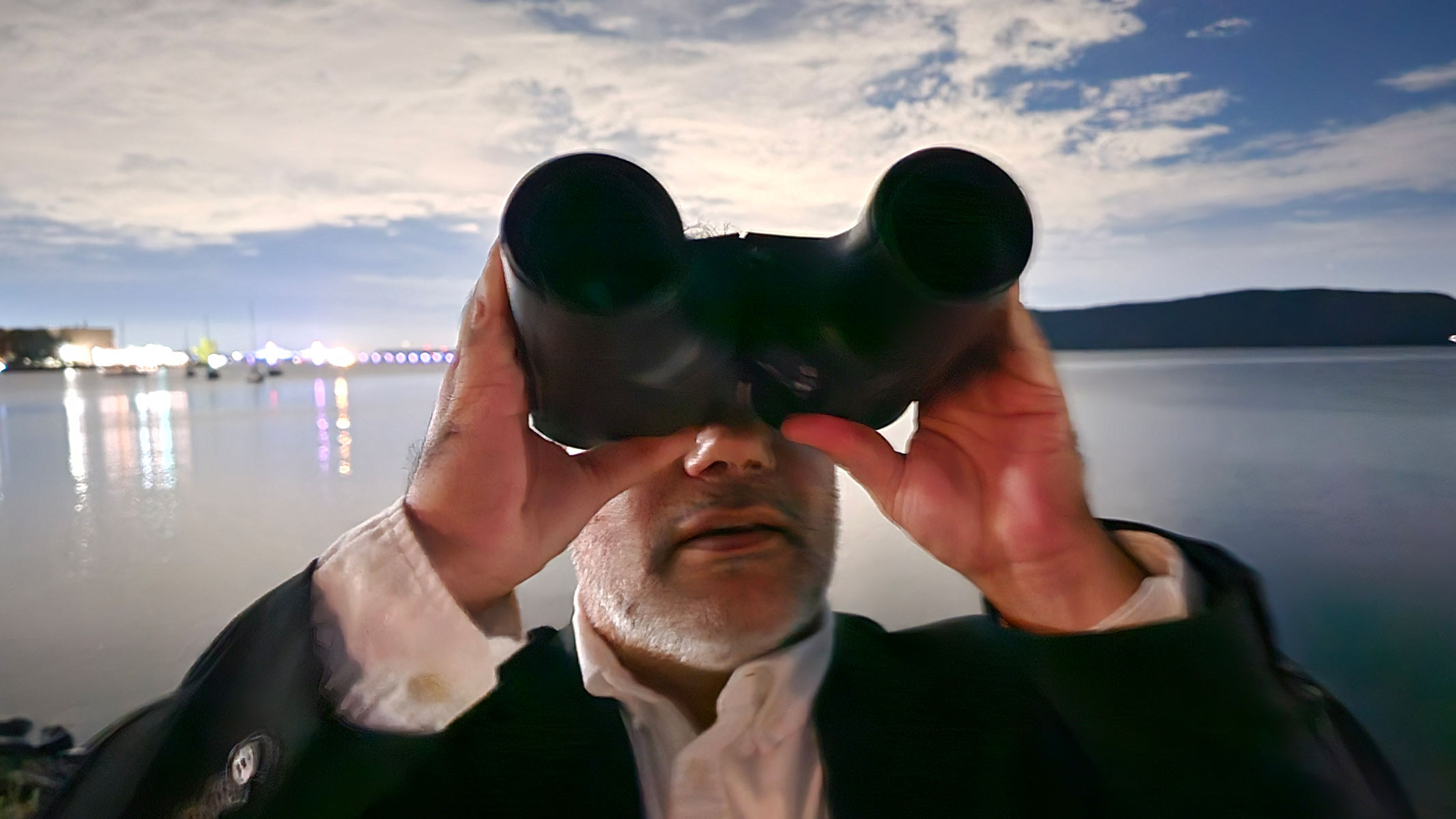Ahead of their official debut, the new Unistellar Envision smart binoculars underwent an early field test along New York’s Hudson River. Initial impressions quickly centered on the device’s distinctly futuristic design and feel.
Unistellar, an optics manufacturer specializing in telescopes and binoculars, has established itself with its innovative smart telescopes. Products like the Odyssey series and the eQuinox 2 are key to its reputation, enabling enthusiasts to connect more deeply with the night sky.
Unistellar has launched the Envision binoculars, representing a new category of smart optics. Originally developed through a highly successful Kickstarter campaign that garnered $2.7 million from 3,700 backers, these binoculars utilize GPS and geospatial data alongside an augmented reality overlay to deliver real-time information to the observer. Pre-orders for the Envision binoculars commenced on October 1, with an initial price point of $999 before their standard retail price of $1,499.

Equipped with 10x magnification, these binoculars incorporate an augmented reality overlay directly into their eyepieces, designed to guide users through local topography and across the night sky. Of particular interest to stargazers, the device synchronizes with the Unistellar app, drawing from a database of 200,000 stars for precise celestial navigation.
Utilizing GPS and mapping data transmitted via a Bluetooth connection to Unistellar’s proprietary app, the binoculars project real-time graphical overlays onto geographical features such as mountains, instantly identifying points of interest. This advanced capability delivers a distinctly futuristic user experience. Unistellar intends to significantly expand its database to encompass over 1 million terrestrial points of interest, with the Envision system slated to integrate real-time altitude, distance, and azimuth data directly into the display.
An initial unfamiliarity with the local geography led to the unexpected identification of Mount Nebo, a distant peak previously perceived as a low hill. This experience highlights the profound impact such optical instruments can have, deepening one’s sense of place and fostering discovery during hikes or initial explorations of new territories.
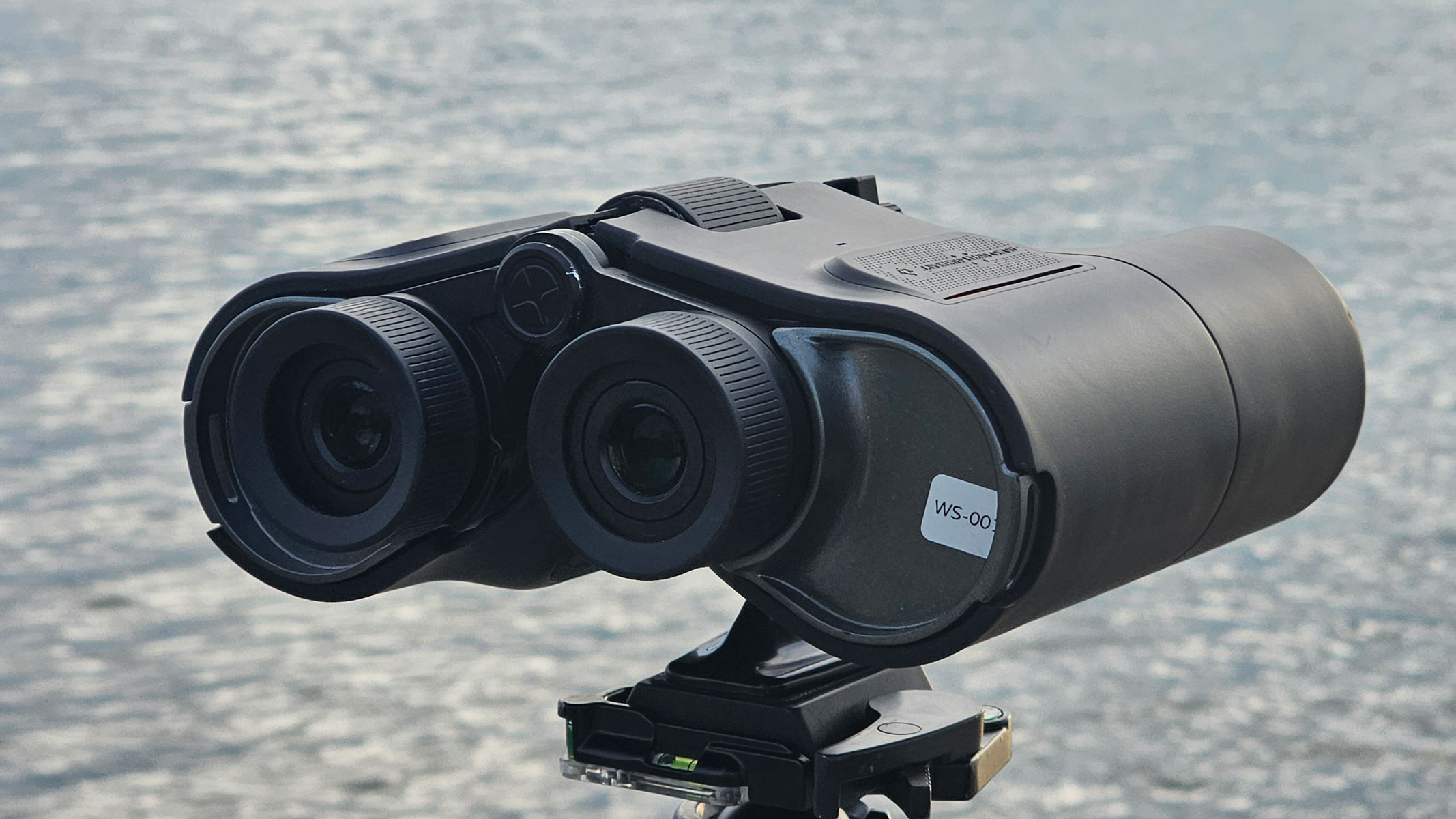
The binoculars demonstrated exceptional performance after dusk. Integrated with Unistellar’s application, which boasts a catalog of over 200,000 stars, the device facilitated the effortless identification of celestial bodies by both their names and precise locations.
The device’s Target-Lock Sharing feature proved particularly notable, facilitating a collaborative viewing experience. In one instance, a system like Unistellar designated a specific celestial object, such as Polaris. Two testers, each equipped with separate Envision binoculars, then successfully located this identical target, guided by precise directional arrows superimposed on their displays. While this innovative shared targeting capability was striking, the unit also offered a guided navigation mode that suggested various points of interest.
Initially, it was presumed that the smart Envisions devices would incorporate a built-in camera for image capture. However, comprehensive testing revealed their primary focus to be on enhancing the personal experience of observing and sharing landscape and celestial views, rather than documenting them photographically. This design choice, eschewing an integrated imaging feature, was ultimately understood as a deliberate prioritization.
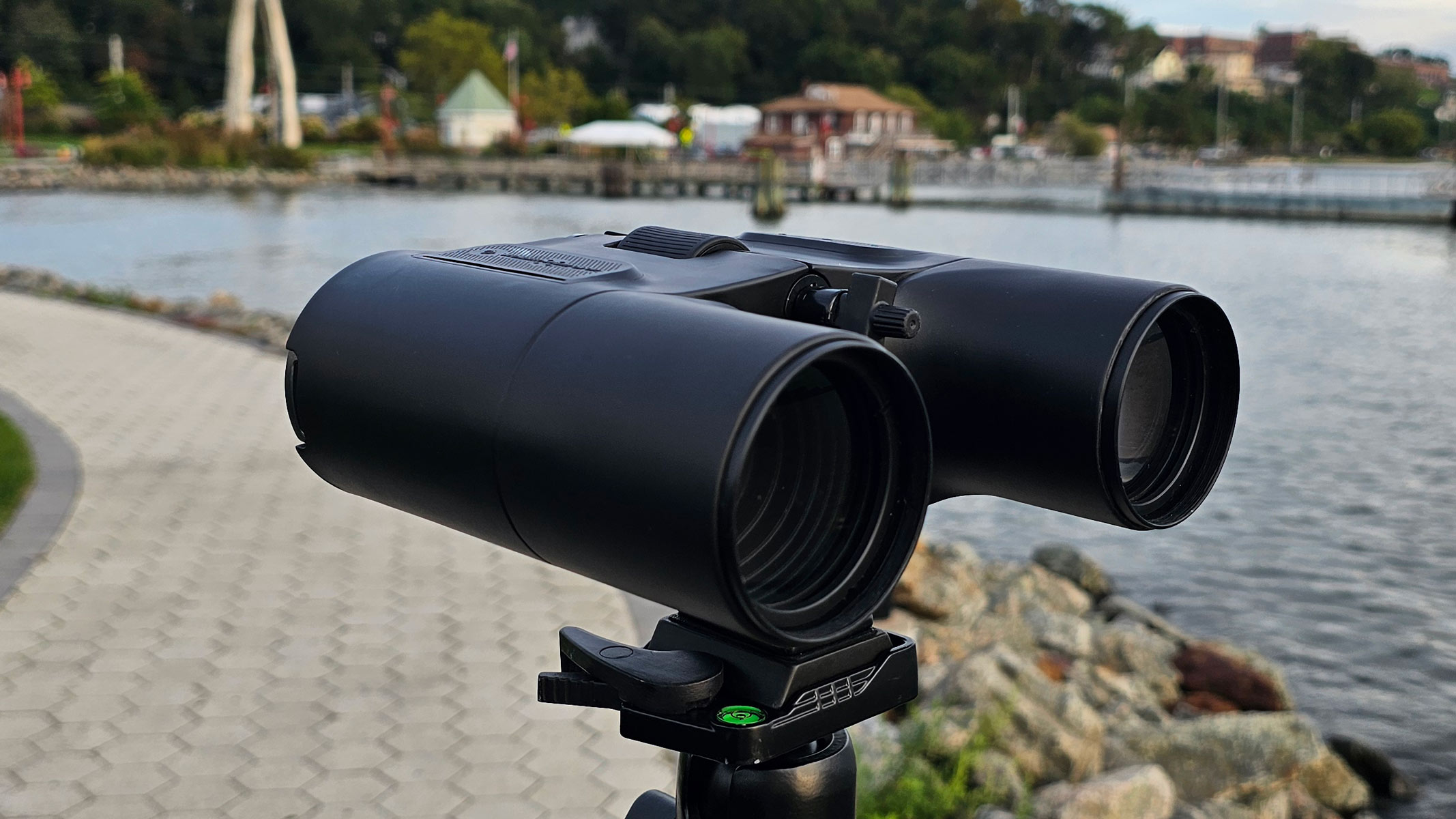
During evaluation of the Envision device, both handheld and tripod operation were employed. It was determined that a tripod offers significant benefits primarily for users aiming to capture images through the binoculars using an external camera or smartphone mount. Notably, the Envision binoculars deliberately forgo an integrated camera. This design decision is critical because an internal camera would interfere with the device’s built-in magnetometer, which is vital for the accurate rendering of its augmented reality display. This magnetic interference, which manifested as a pronounced visual distortion, was readily observed in real-time when a mobile phone was brought into close proximity with the unit.
The Envision smart binoculars are controlled by five top-mounted buttons, facilitating mode switching and the activation or deactivation of the augmented reality (AR) display. Unistellar affirms a minimum five-hour battery life for the rechargeable unit, with projections indicating it could last up to ten hours on a single charge, contingent on usage.
The Envision binoculars are priced at $1,499, a figure that may initially seem considerable. However, a significant $500 reduction is offered for early purchasers. This pricing strategy aligns with the emerging smart binocular market, characterized by limited available models and generally high costs across the category.
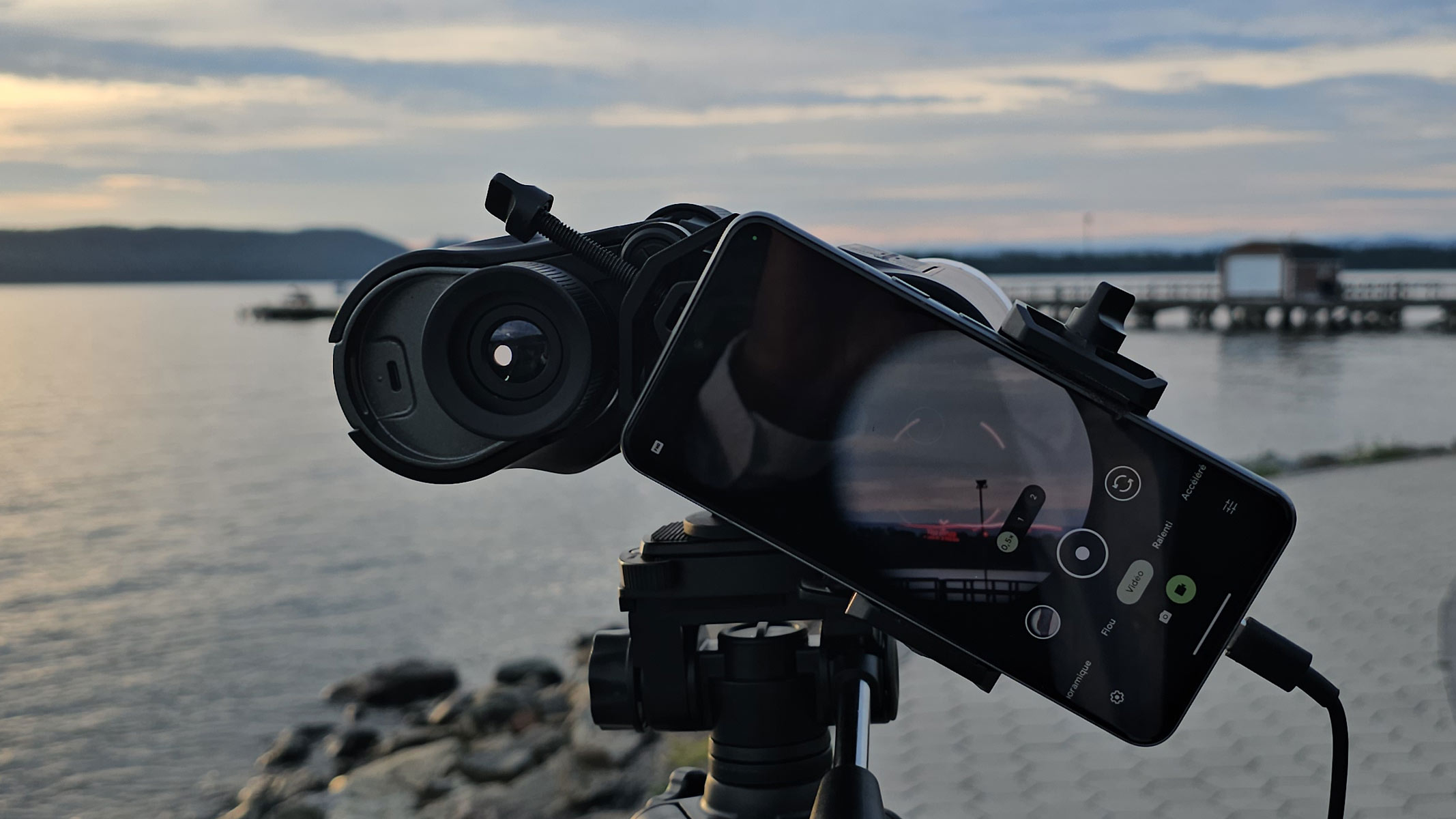
The premium Swarovski Optik AX Visio 10×32 binocular, noted for its exceptional performance, commands a price of approximately $4,899. In stark contrast, a product priced at $1,499—or even $999 with an early discount—emerges as a significantly more accessible option.
This technology offers considerable utility for dedicated hikers and stargazers seeking to deepen their comprehension of the night sky. Moreover, its adaptable functionality, allowing seamless transitions between augmented and unaided viewing modes, provides significant versatility. This makes it an invaluable resource for educational purposes, enabling tour groups, planetariums, and teachers to effectively introduce audiences to the wonders of the cosmos.
These smart binoculars offer a transformative observational experience, specifically designed for individuals eager to explore both celestial phenomena and terrestrial features. Their advanced capabilities ensure continuous immersion in the wonders of the night sky and natural landscapes, eliminating the need to divert one’s gaze.
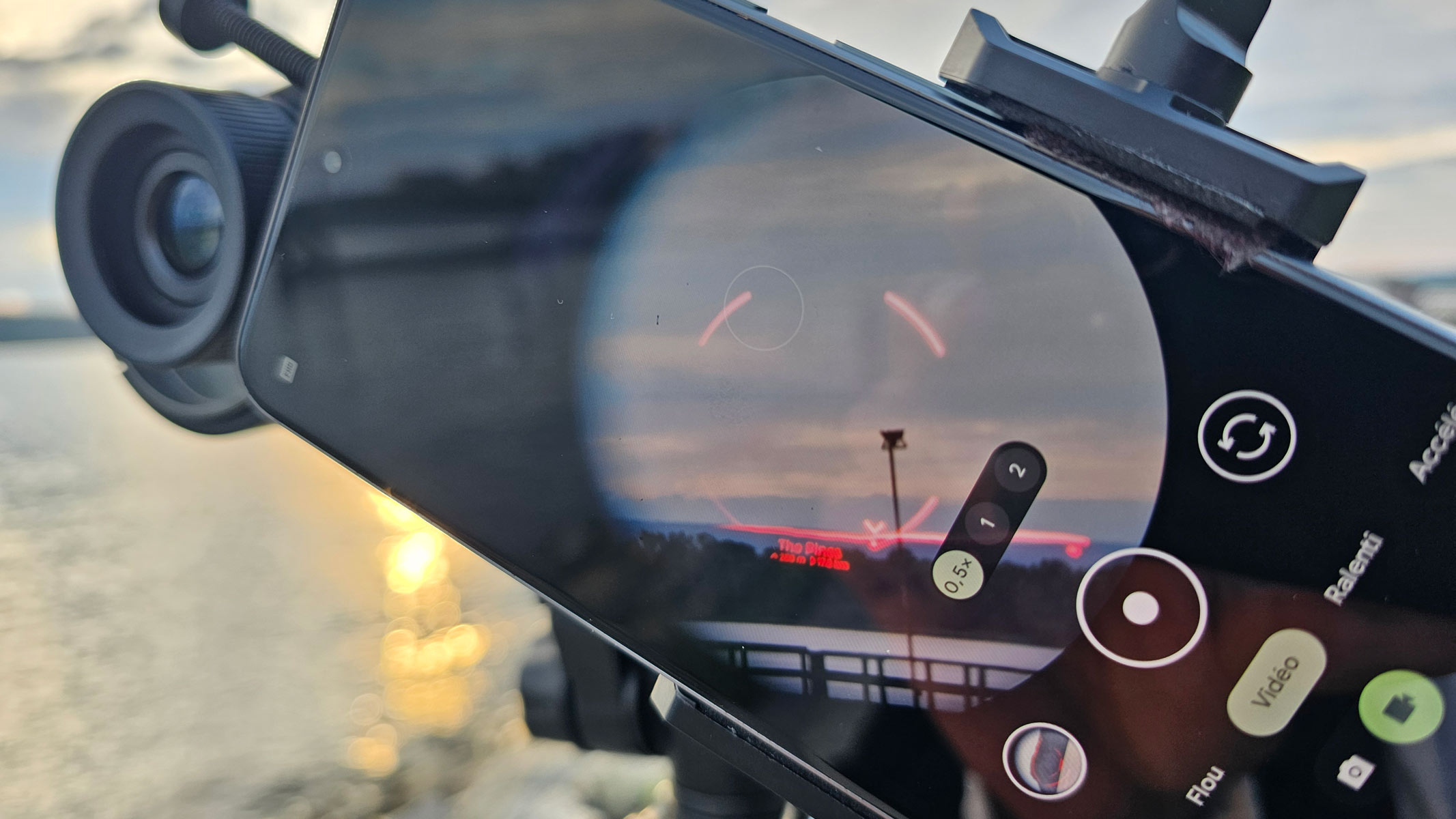
This device provides a powerful 10x magnification for enhanced observation. It features a robust 10-hour battery life, conveniently rechargeable for extended use. Connectivity is seamless through integrated Bluetooth technology. Users interact with a unique red augmented reality interface, controlled by an intuitive five-button system.
Pre-orders for the newly launched product will open on October 1st. Initial deliveries are anticipated to begin around June-July 2026.
The Envision, priced at $999 for pre-orders, offers a significantly more affordable option compared to the $4,899 Swarovski Optik AX Visio 10×32. While the Swarovski model utilizes AI for identification and photography, it notably lacks augmented reality features.
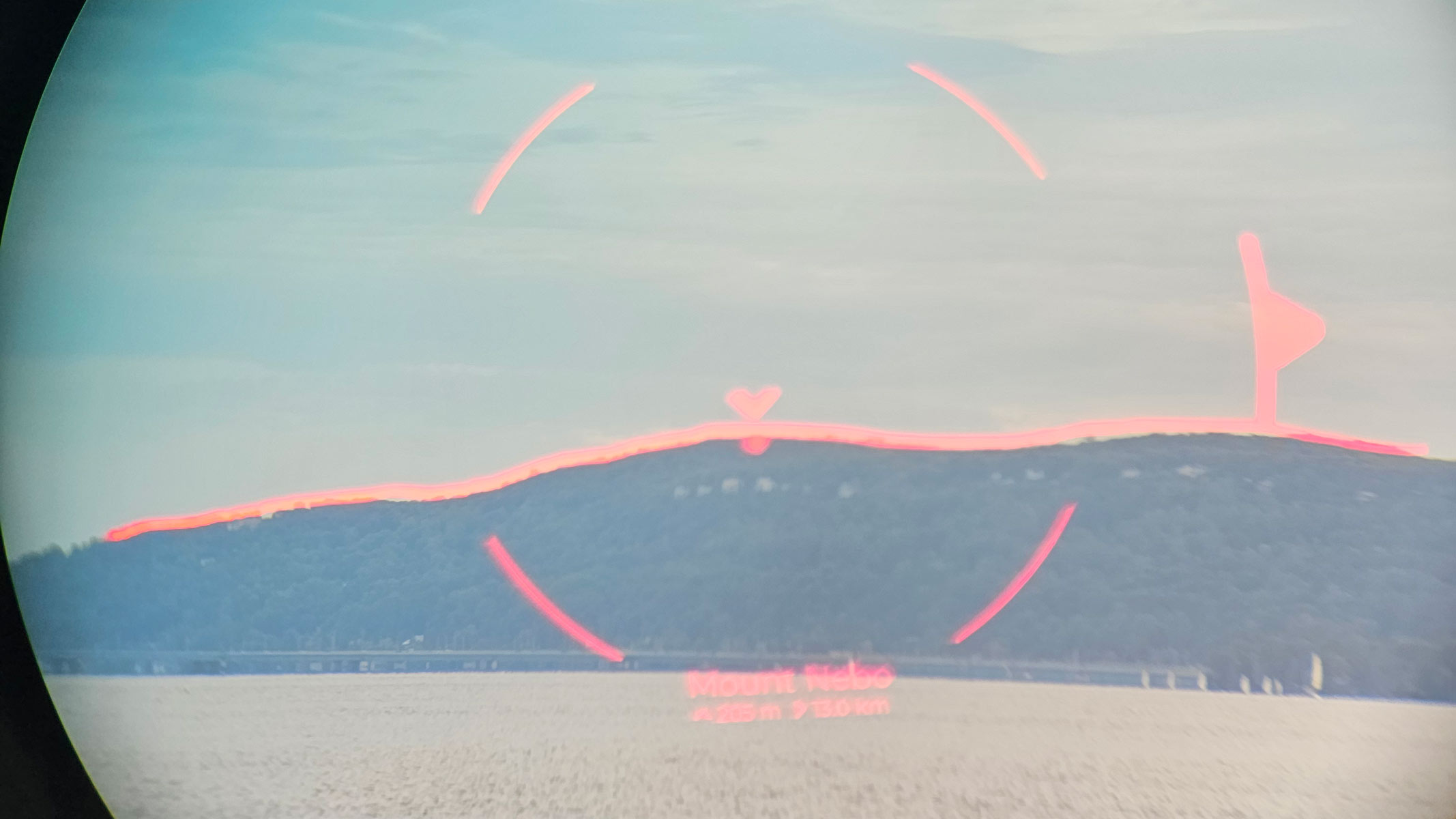
The handheld Envision makes a striking initial impression, boasting a futuristic design reminiscent of science fiction technology. Users will find its alignment process intuitive, complemented by an extensive catalog of celestial objects designed to provide a guided and optimized observing experience.
Leading smart binoculars are consistently highlighted within various comprehensive buying guides, recognized for their superior performance and features.
This advanced observation tool is designed for outdoor enthusiasts seeking to enhance their day and nighttime viewing experiences. It integrates augmented reality (AR) features to provide advanced capabilities for target tracking, seamless data sharing, and precise identification.
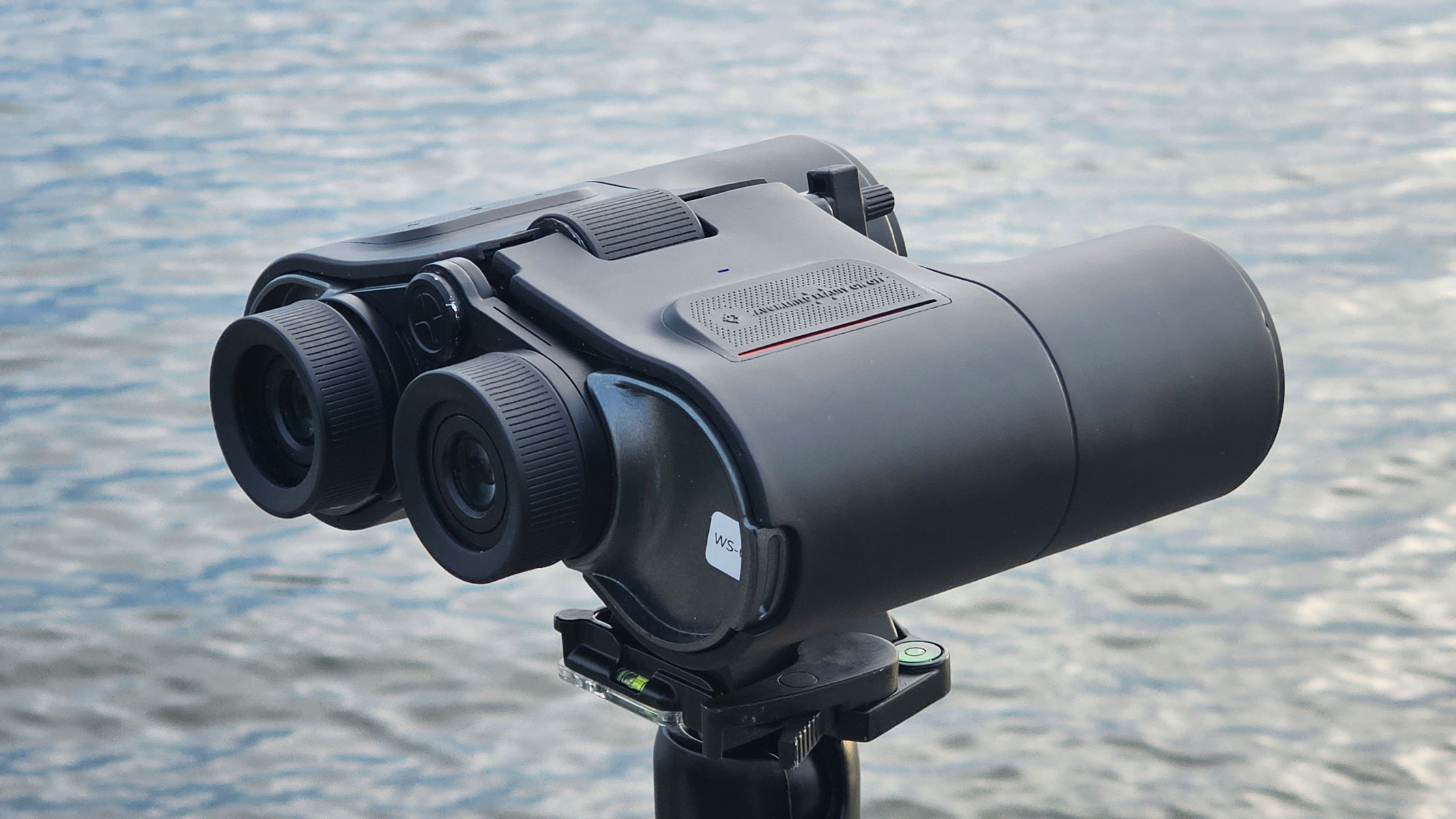
This device is not suitable for astrophotography. Furthermore, it is not intended for individuals seeking basic binoculars without augmented reality (AR) targeting capabilities.
Check out our other guides to the best telescopes, binoculars, cameras, star projectors, drones, lego and much more.

